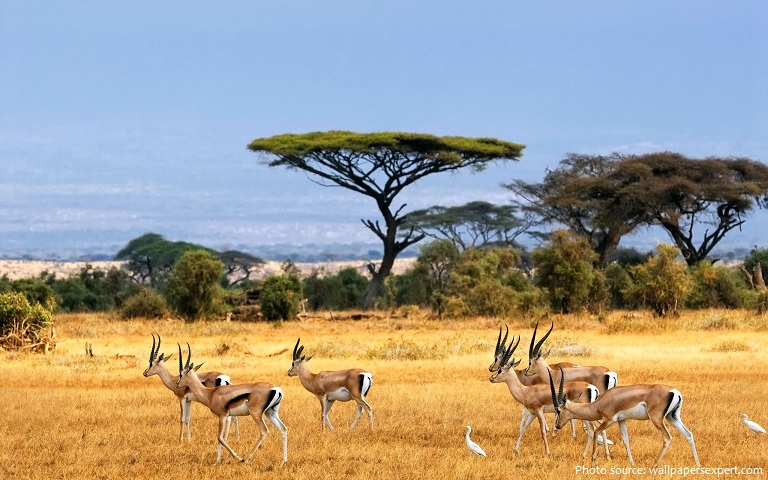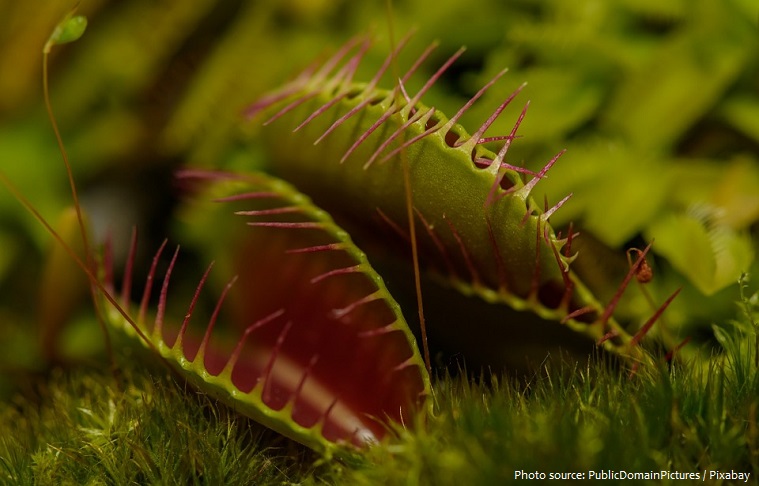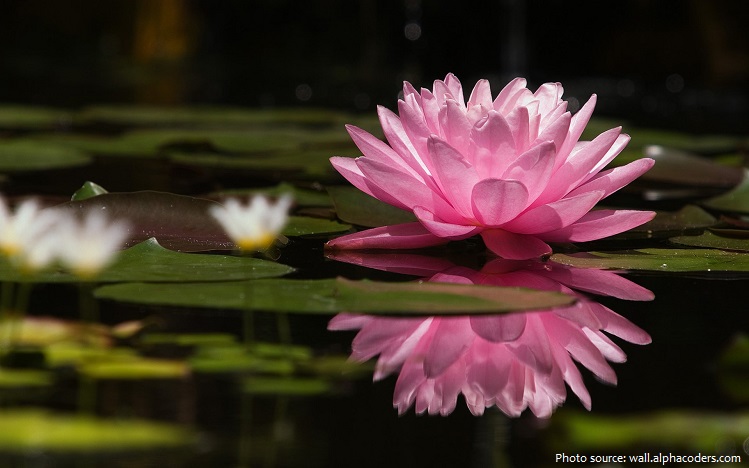Interesting facts about oases
Oasis is a small fertile spot in a desert region, usually having a spring or well. Underground water sources called aquifers supply most oases. These natural springs may rise to the surface naturally, or people may dig in the ground to release the water. Oases vary in size, ranging from about 1 hectare (2.5 acres) … Read more








